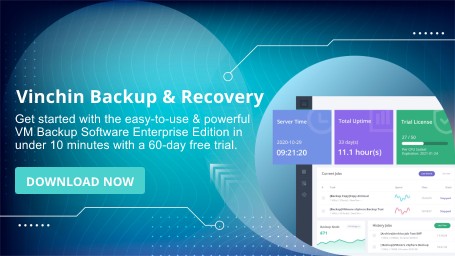-
Why virtual machines not starting in VMware?
-
How to fix the issue when a virtual machine is not starting in vmware?
-
How to effectively protect data in VMware VMs with Vinchin?
-
VMware Virtual Machine Not Starting FAQs
-
Conclusion
VMware is currently a very popular virtualization platform widely used in enterprise environments to help companies run multiple operating systems efficiently. However, you might encounter situations where a virtual machine fails to start. This is particularly common after operating system upgrades, VM migrations, or hardware changes. Common error messages include "The operation is not allowed in the current state", "Cannot open virtual machine", and "Device Not Found", etc.
This article will introduce the common reasons behind VMware virtual machines not starting and provide detailed troubleshooting methods to help resolve the issue.
Why virtual machines not starting in VMware?
According to the discussions in technical communities, there are several reasons for that. The most common reasons are:
1. Virtual disk path missing or incorrect
If the path to the virtual disk, usually the .vmdk file, is lost, changed, or incorrect, the virtual machine cannot find the corresponding disk and, therefore, cannot start.
2. Incompatible virtual hardware configuration
The hardware configuration of the virtual machine, such as storage adapters, SCSI controller types, etc., may not be compatible with the current environment. This is especially true after environment upgrades or migrations, where the hardware configuration may no longer be recognized, preventing the VM from identifying the disk devices.
3. Virtual machine configuration file corruption
If the .vmx configuration file for the virtual machine is corrupted, the virtual machine may not be able to read the related configurations, resulting in a failed startup.
4. Virtual disk not mounted properly
If the virtual machine's disk file is not properly mounted or the mount location is incorrect, it will also cause the virtual machine to fail to start.
5. VMware service issues
If VMware services are not started or have been interrupted, the virtual machine may fail to start. This is particularly problematic after a host restart or service interruption, as the VM may not be able to recognize storage devices or load virtual hardware correctly.
6. Insufficient host resources
If the host machine lacks sufficient resources, such as CPU, memory, or storage, the virtual machine may fail to start because it cannot acquire enough resources.
How to fix the issue when a virtual machine is not starting in vmware?
After understanding the potential causes of the issue, you can follow these steps to troubleshoot and resolve the problem:
1. Use virtual machine logs to troubleshoot
By reviewing the virtual machine's log files, you can find detailed error messages related to the VM startup failure. These logs often help quickly locate the root cause of the issue and allow you to take appropriate corrective actions.
2. Check host resource usage
If host resources, such as memory, CPU, or storage space, are insufficient, the virtual machine may fail to start. Check the resource usage on the host and free up unnecessary resources to ensure the VM can obtain sufficient resources for startup.
3. Check and restart vmware services
If VMware services are not functioning properly, they may affect the VM's startup. You can check the service status using the command line and restart the necessary services.
4. Check virtual disk path and storage devices
First, check whether the virtual machine's disk file path is correct. If the disk path is missing or has changed, try to restore or repair the path to ensure that the virtual machine can access the corresponding disk file.
5. Check virtual hardware configuration
Check the virtual machine's hardware settings, particularly whether the storage adapter and SCSI controller types are compatible with the current VMware environment. If the hardware configuration is incompatible, you can try modifying the hardware settings or revert them to a compatible version.
6. Repair or remount virtual disks
If the virtual disk file is not mounted correctly, the virtual machine will not be able to find the disk when it starts. You can try remounting the disk file via vCenter.
7. Repair the virtual machine configuration file
If the .vmx configuration file has become corrupted due to missing or damaged files, the virtual machine will fail to start. In this case, you can try restoring the configuration file or recreating the .vmx file and reconnecting the virtual disk.
How to effectively protect data in VMware VMs with Vinchin?
When a virtual machine becomes unusable for unknown reasons, the best approach is to restore the entire machine using backup data. Vinchin is a highly popular professional virtual machine data backup software that supports various mainstream virtualization platforms, including VMware, Hyper-V, Proxmox, oVirt, OLVM, RHV, XenServer, XCP-ng, and more. With its agentless backup technology, you can easily add any number of virtual machines to the backup system for protection.
Vinchin helps protect data and business in multiple ways, including quickly backing up data to target storage, configuring automatic verification tasks to validate the backup data's integrity, and preventing data from being infected by ransomware in direct-attached storage. When data recovery is needed, you can choose from standard recovery, instant recovery, or even restore to the Vinchin server itself or another virtualization host (V2V).
It is very simple to use. Taking VMware VM backups as an example, you can create a backup task in just four steps:
1. Select the VMware VMs
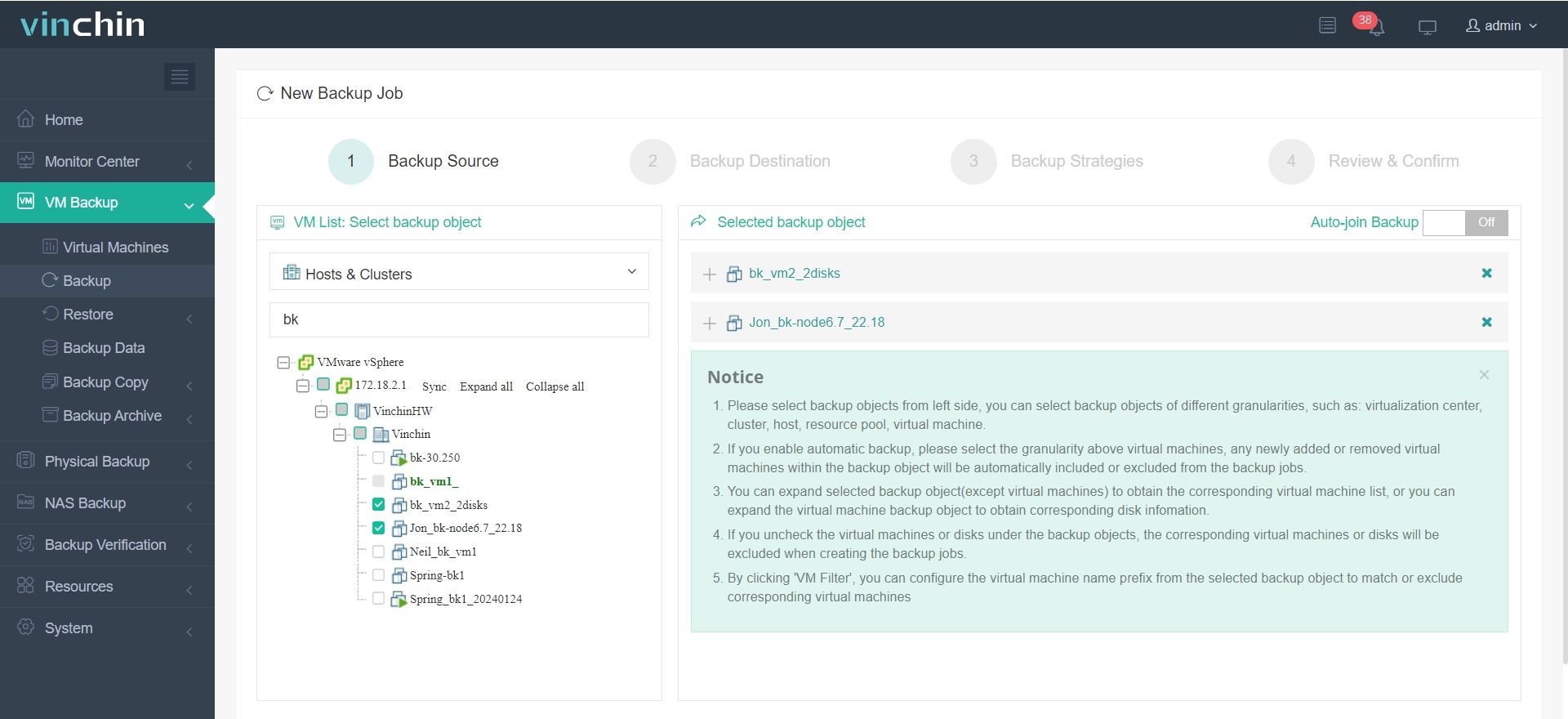
2. Select the backup storage
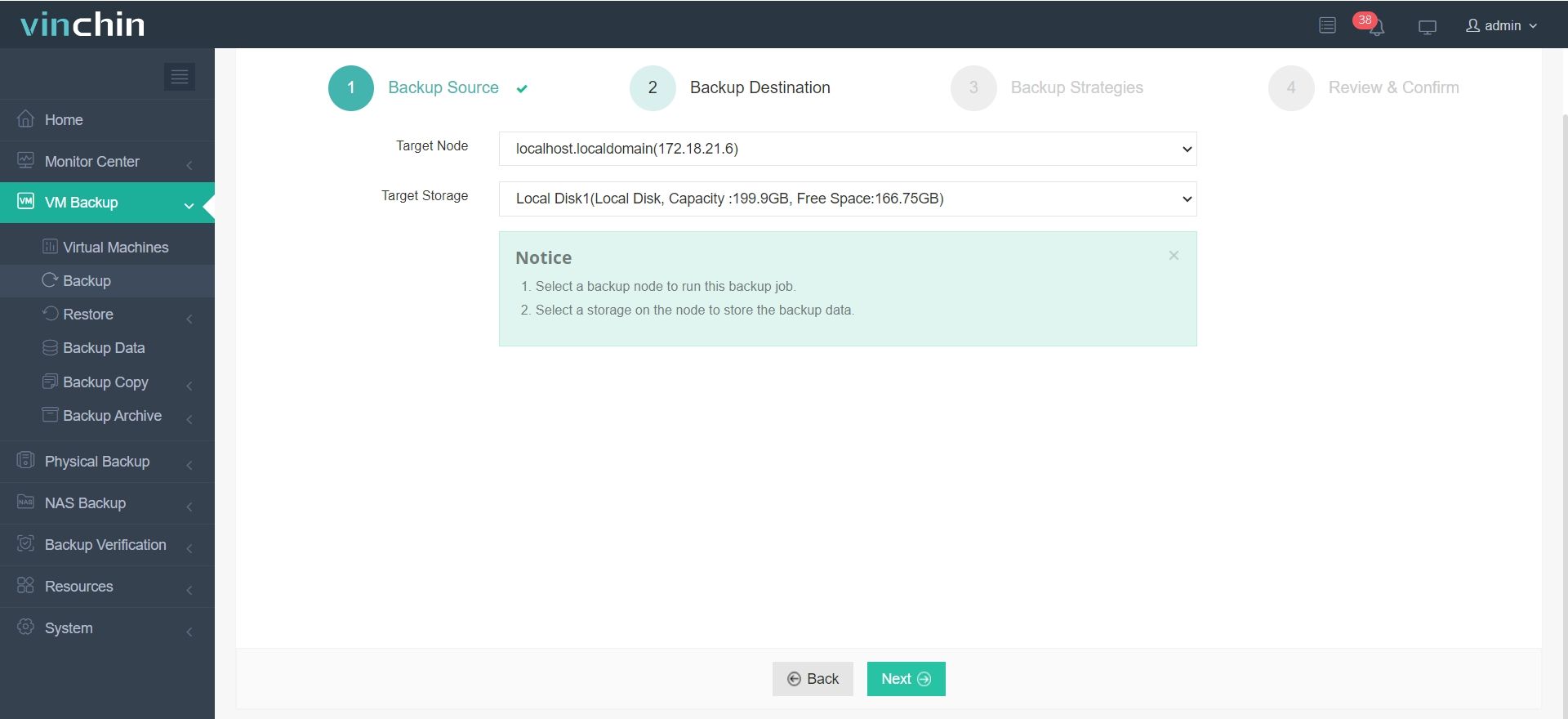
3. Select the backup strategies
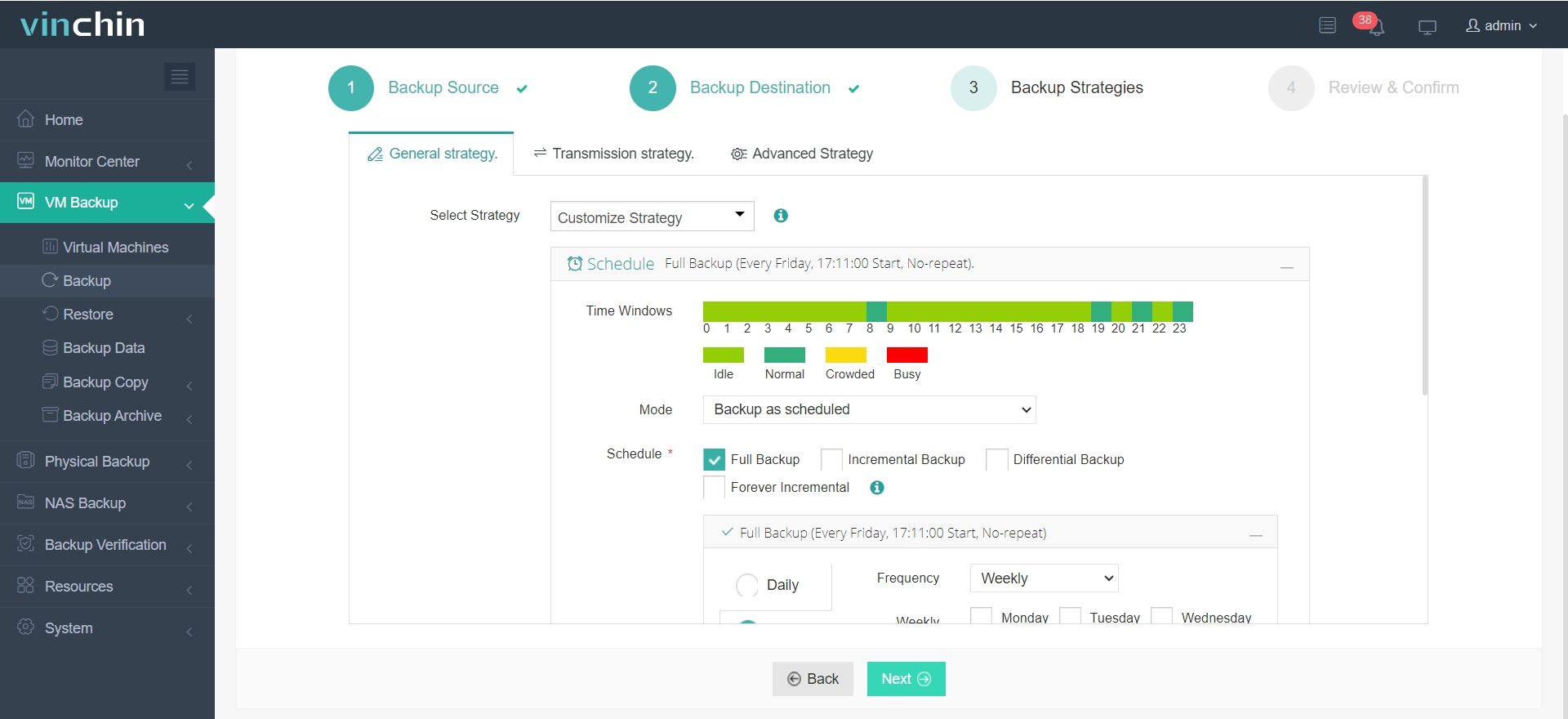
4. Submit the job
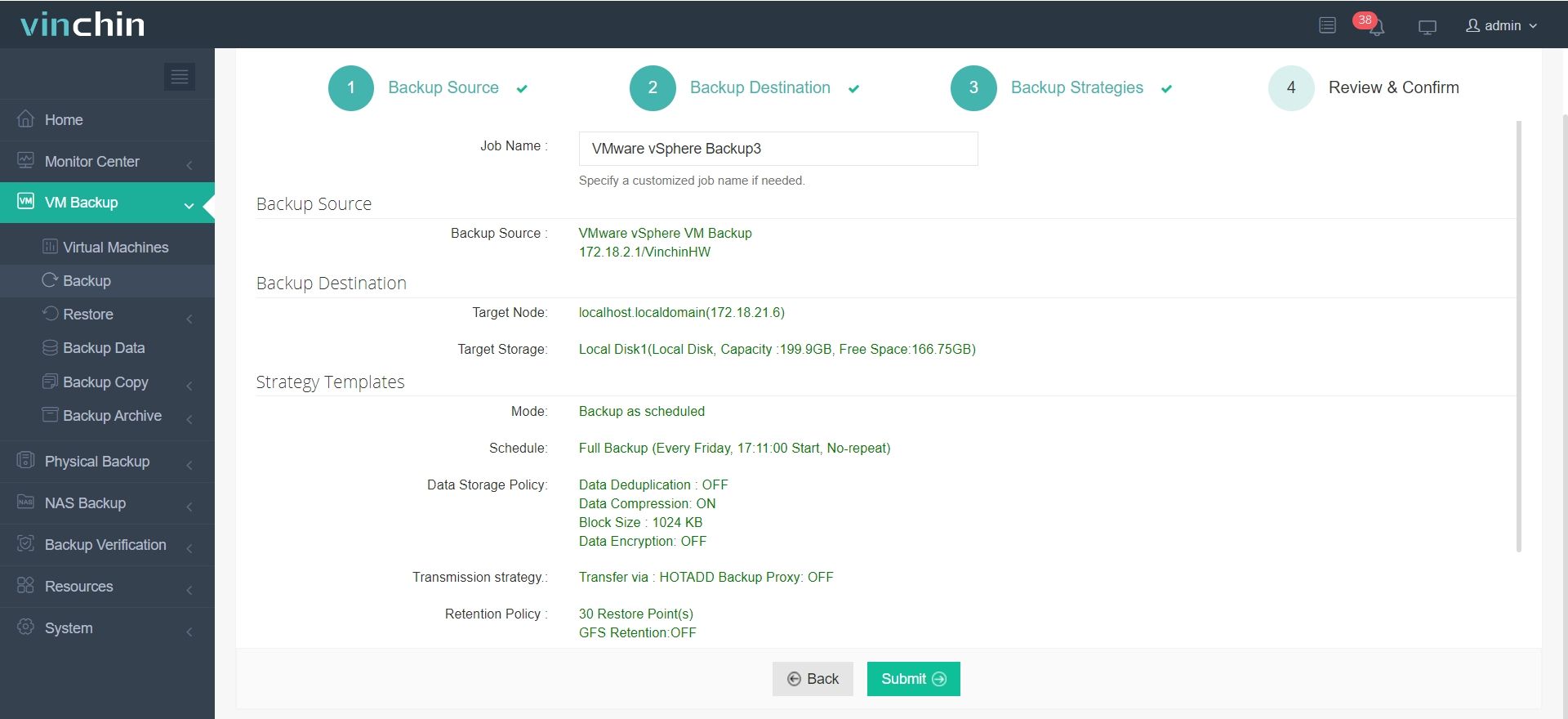
Vinchin aims to become a leader in the data protection industry. It has already entered markets worldwide and received highly positive feedback. You can also experience this powerful data backup solution by clicking the button below to start a 60-day full-featured free trial.
VMware Virtual Machine Not Starting FAQs
1. How can you repair a corrupted VMware virtual machine configuration file?
If the .vmx configuration file is corrupted, you can try restoring the file from a backup, or create a new virtual machine and attach the original virtual disk.
2. How can you check if VMware services are running correctly?
In an ESXi environment, you can use the esxcli command to check the VMware service status. If the services are not running, you can try restarting the services via command line to ensure they are functioning properly.
3. Where to find the log for a VMware virtual machine?
By default, ESXi hosts store virtual machine-specific logs in the same directory as the virtual machine's configuration file. The default log file is named vmware.log.
Conclusion
The issue of VMware virtual machines not starting can stem from various causes, typically related to virtual disk paths, hardware configurations, configuration file corruption, or service status. By methodically troubleshooting these common issues and applying the appropriate solutions, most virtual machine startup failures can be resolved. If the issue persists, it is advisable to contact VMware's official technical support team to quickly resolve the issue and avoid impacting the production environment.
To effectively protect virtual machine data and guarantee business continuity, you should select a backup solution like Vinchin to easily restore the problematic VM in time. Don’t miss the free trial.
Share on:


